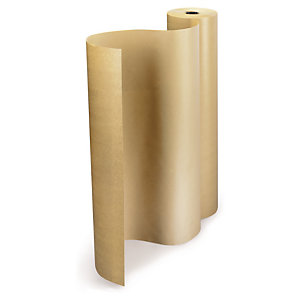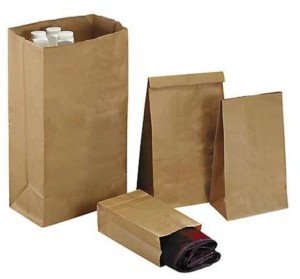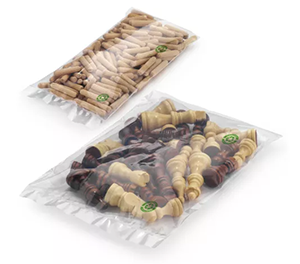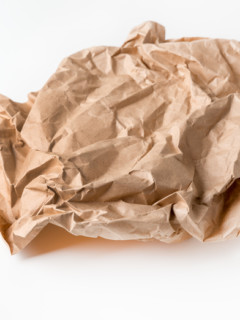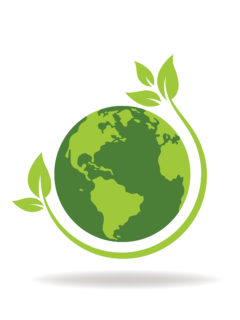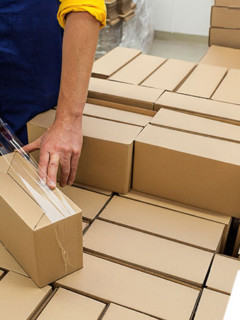First and foremost, the environmental impact of packaging influences any purchasing decision, regardless of what area of business it is. Furthermore, three quarters of European consumers say they would be willing to pay more for products with sustainable packaging. This is highlighted by the 2nd European Packaging Perception Survey, published in May 2021 by Pro Carton, the European Carton Manufacturers Association.
Similarly, the eco-friendly concept of packaging is responding to the growing demand for eco-friendly packaging and presentations. As a result, at RAJA we explain what it is and suggest three techniques to apply in your company’s day-to-day operations.
So what is eco-design applied to packaging?
First and foremost, eco-design in the world of packaging is defined as a process of designing, configuring and using packaging products which is always aimed, at each stage and across the board, at concern for the environment.
Thus, the eco-design of packaging involves:
- Manufacturers, in creating Eco-Responsible packaging solutions;
- Distributors, who must guide their customers on the sustainable use of their products;
- Thoseresponsible for packaging management in companies, who must choose the most eco-friendly formulas;
- Final orderrecipients, who are the last link in the chain and must take charge of the correct disposal or reuse of packaging so that the circular economy can continue to function.
Eco-design techniques for packaging
From the point of view of a company responsible for packaging its products, whether for delivery to a B2B distributor or to an end customer in e-commerce, there are 3 eco-design techniques for packaging that can be applied relatively easily:
1. Use eco-friendly raw materials
The eco-design of packaging is committed to natural, recycled, recyclable or biodegradable raw materials, which leave a smaller carbon footprint. Some proposals, which you can also find on the RAJA website, are:
- Paper and cardboard packaging. Such as, for example, American boxes, postal boxes or packaging and kraft paper;
- Packaging made from recycled materials, such as 100% recycled paper bags;
- Bio-based packagingPackaging is made from vegetable-based components such as cellulose, sugarcane and starch;
- Recyclable packaging, such as this plastic bag, made from fully recyclable polyethylene
- Biodegradable containers, such as these cups that are also compostable.
But beyond boxes, envelopes and bags: details matter
Preserving the ecological design of packaging also implies a concern for the raw materials that are used. Here are some examples:
- Eco-Responsible fillings. Such as: tissue paper, recycled bubble wrap or chip fillers;
- Eco-Responsible adhesive tapes, based on recycled materials and solvent-based glues;
- Recycled cardboard labels.
2. Optimise the volumetric weight in the selection of orders
Firstly, controlling the volumetric weight of an order does not only mean less money for the shipper. It is also an eco-design technique for packaging that focuses on:
- Reduce packaging thickness. For example, replacing triple corrugated cardboard boxes with single corrugated ones. However, without compromising the safety of the goods;
- Replacing bulkier items with ones that adapt to the shape of the product. Whereas for small pieces, a cardboard box can be replaced by a padded envelope.
3. Providing end-of-life solutions for packaging
Finally, in packaging eco-design we think transversally throughout the process. Above all, products can be correctly recycled or reused when they fulfil their function. To do this, we can resort to three principles:
- A single raw material. Combining more than one material in packaging complicates separation, forcing the various materials to be deposited in differentiated recycling bins. Therefore, if at all possible, we should avoid mixing paper and cardboard with plastic when preparing packages;
- Simplicity. The simpler and more minimalist the packaging, the better. Protruding shapes, toxic inks or multi-layered objects make it difficult to separate waste when recycling;
- Imagination. Reuse is one of the 5Rs of packaging that we promote at RAJA. Before sending packaging to the bin, ask yourself: can I reuse it in some way? However, if you can’t figure it out, here are some tips on how to reuse your packaging.
In a nutshell:
Currently, the eco-design of packaging allows us to act to implement a model of sustainable exploitation of all resources. Therefore, the main objective is to guarantee the future and the preservation of the planet.
Discover RAJA’s range of Eco-Responsible packaging by visiting our website! If you need advice, ask our experts, they will be happy to help you with the solutions that best suit your business.











